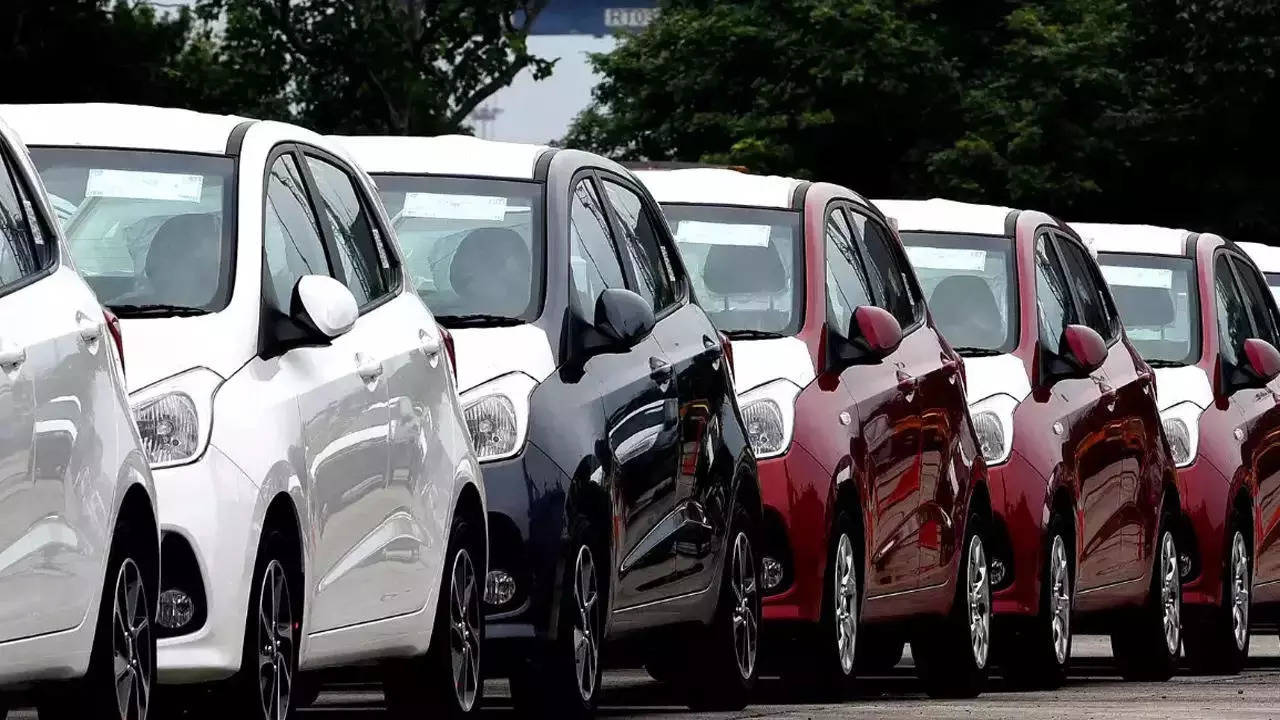
New Delhi: The common man and his budget car seem to have been completely forgotten as conversations – and launches – as auto industry moves towards premium vehicles that are high on frills like sunroofs and off-roading, apart from the much-enhanced safety features.
With vehicle prices going up sharply in past few years amid claims of high commodity prices and more expenditure due to safety norms, the share of entry level cars – those priced under INR 5 lakh – has crashed from 33.6% in 2015 to 0.3% in 2023. What auto companies don’t tell you is that they have graduated to bigger cars to earn fatter margins.
Against a large portfolio comprising several models from companies such as Maruti, Hyundai, Tata and Renault (Kwid), now only Maruti Suzuki remains in the segment – with just one model – on “near-negligent demand”.
Prices of sub-INR 5 Lakh cars jump 65% over last 5 years
The sub-INR 5 lakh cars, the most price-sensitive segment of the four-wheeler market, saw prices jump 65% over the last five years, compared with a 24% rise for SUVs, luxury vehicles and sedans.
Arguably, the “no-frills” design of the entry-level cars meant they required more enhancements to comply with regulations.
“While car prices have moved up dramatically for entry buyers, has there been a similar run in the incomes of the potential buyers? The answer is a no,” says Ravi Bhatia, president of research firm JATO Dynamics. “Not only have the prices of the new cars gone up, but even operating costs have become higher as petrol costs more, and maintenance, spares, tyres, and labour charges are up. The dream of the aam aadmi to buy a new car has become distant, and either he compromises by buying an old, used car, or he has to keep using his two-wheeler or public transport,” says Bhatia.
Shashank Srivastava, senior executive officer (sales & marketing) at Maruti Suzuki, says post-Covid, disposable incomes may have shrunk for people in the lower income bracket, affecting demand. He, however, hastily adds that it is not just a phenomenon of higher pricing that is keeping demand subdued in the INR 5 lakh category. “Please remember that people are buying variants that offer more features on vehicles in terms of connectivity, safety, entertainment, and design instead of opting for base versions. They are ready to pay for an SUV design, larger infotainment screens, 360-degree camera, sunroof, and connected vehicle, all of which carry their own costs. So, we see a structural shift in the market with buyers more inclined to higher-end versions through a bump-up in their EMIs.”Tarun Garg, Chief Operating Officer at Hyundai India, says that not much should be read into the entry-level trend as it’s “not a case where the aam aadmi is losing out”, but more a case where he or she has decided to upgrade to higher-priced vehicles.
Perhaps that explains why the share of cars priced upwards of INR 10 lakh has grown nearly four times in the past eight years to 46% of market share against 12.5% in 2015.
However, auto majors are also pushing higher value cars as they come with bigger margins. “Carmakers are obviously choosing to stay with segments that return higher margins, and thus are moving out of low-priced categories. Companies are far more profitable with pricier and loaded cars,” says JATO’s Bhatia.

































